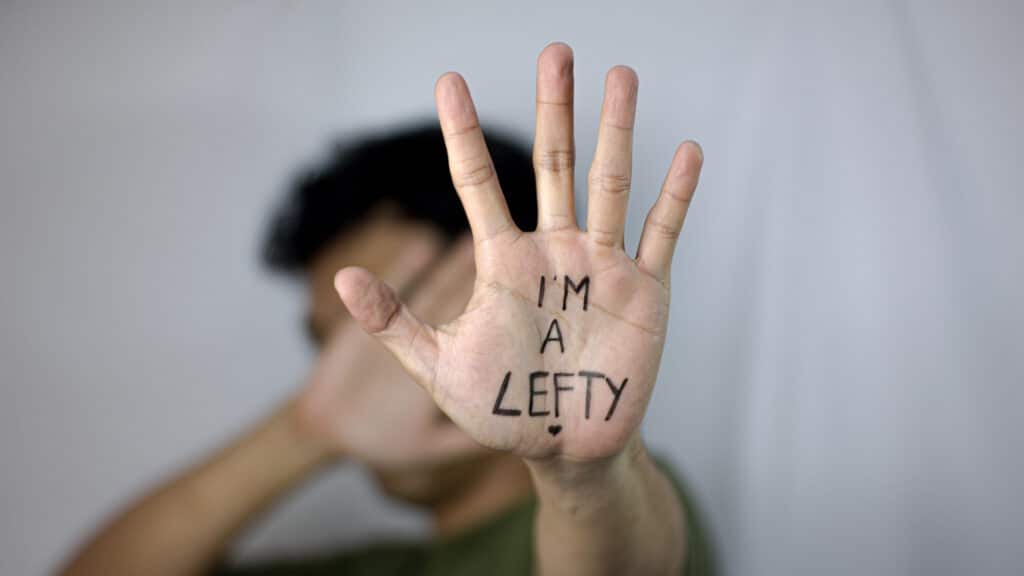Against the grain: How ‘Left-Handed Girl’ challenge ancient myths

Roughly 10% of people are believed to be naturally left-handed, yet for centuries the trait carried heavy social and religious baggage. Both the Bible and the Quran contain unfavorable references to the left side, and, long after associations with witchcraft faded, left-handedness was still treated as something that required correction.
Shifting perceptions in the West
According to the BBC, attitudes have changed significantly in much of the West in recent decades. Left-handed people are now frequently celebrated for qualities such as creativity and originality, and are sometimes portrayed as having a greater likelihood of genius than right-handed individuals.
Lingering bias in the East
Despite this shift, the belief that being left-handed is undesirable continues in parts of East Asia. In the Taiwanese film «Left-Handed Girl» — selected as Taiwan’s 2026 Oscar submission for best international feature — a five-year-old named I-Jing is reprimanded by her grandfather for drawing with her left hand. He tells her it is «the devil’s hand,» reflecting a cultural discomfort that persists among older generations.
A metaphor for conformity
Director Shih-Ching Tsou has explained that I-Jing’s left-handedness serves as a broader metaphor for the pressure to conform within Taiwanese society. She said the film highlights expectations, particularly for women, to behave according to traditional norms in a patriarchal system. Tsou also noted that some children in Taiwan are still encouraged to switch to their right hand.

